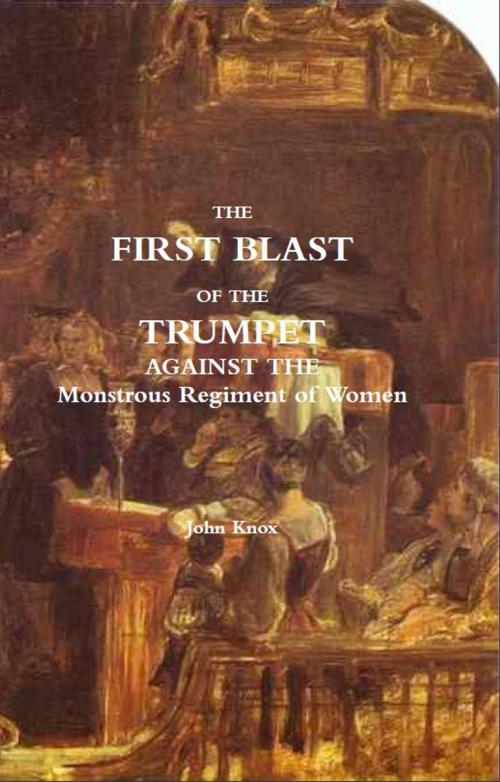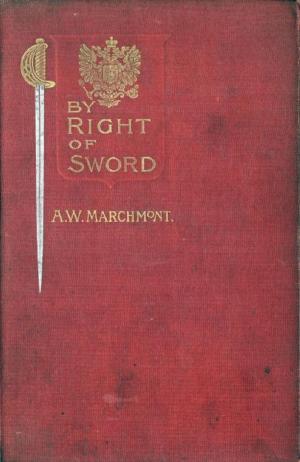The First Blast of the Trumpet Against the Monstrous Regiment of Women
Nonfiction, Social & Cultural Studies, Political Science| Author: | John Knox | ISBN: | 1230000113243 |
| Publisher: | AP Publishing House | Publication: | March 7, 2013 |
| Imprint: | Language: | English |
| Author: | John Knox |
| ISBN: | 1230000113243 |
| Publisher: | AP Publishing House |
| Publication: | March 7, 2013 |
| Imprint: | |
| Language: | English |
In the summer of 1558, Knox published his best known pamphlet, The first blast of the trumpet against the monstruous regiment of women. In calling the "regiment" or rule of women "monstrous", he meant that it was "unnatural". The pamphlet has been called a classic of misogyny. Knox states that his purpose was to demonstrate "how abominable before God is the Empire or Rule of a wicked woman, yea, of a traiteresse and bastard". The women rulers that Knox had in mind were Queen Mary I of England and Marie de Guise-Lorraine, the Dowager Queen of Scotland and regent on behalf of her daughter, Mary, Queen of Scots. Knox's prejudices against women were not unusual in his day; however, even he was aware that the pamphlet was dangerously seditious. He therefore published it anonymously and did not tell Calvin, who denied knowledge of it until a year after its publication, that he had written it. In England, the pamphlet was officially condemned by royal proclamation. The impact of the document was complicated later that year, when Elizabeth Tudor became Queen of England. Although Knox had not targeted Elizabeth, he had deeply offended her, and she never forgave him.
In the summer of 1558, Knox published his best known pamphlet, The first blast of the trumpet against the monstruous regiment of women. In calling the "regiment" or rule of women "monstrous", he meant that it was "unnatural". The pamphlet has been called a classic of misogyny. Knox states that his purpose was to demonstrate "how abominable before God is the Empire or Rule of a wicked woman, yea, of a traiteresse and bastard". The women rulers that Knox had in mind were Queen Mary I of England and Marie de Guise-Lorraine, the Dowager Queen of Scotland and regent on behalf of her daughter, Mary, Queen of Scots. Knox's prejudices against women were not unusual in his day; however, even he was aware that the pamphlet was dangerously seditious. He therefore published it anonymously and did not tell Calvin, who denied knowledge of it until a year after its publication, that he had written it. In England, the pamphlet was officially condemned by royal proclamation. The impact of the document was complicated later that year, when Elizabeth Tudor became Queen of England. Although Knox had not targeted Elizabeth, he had deeply offended her, and she never forgave him.















